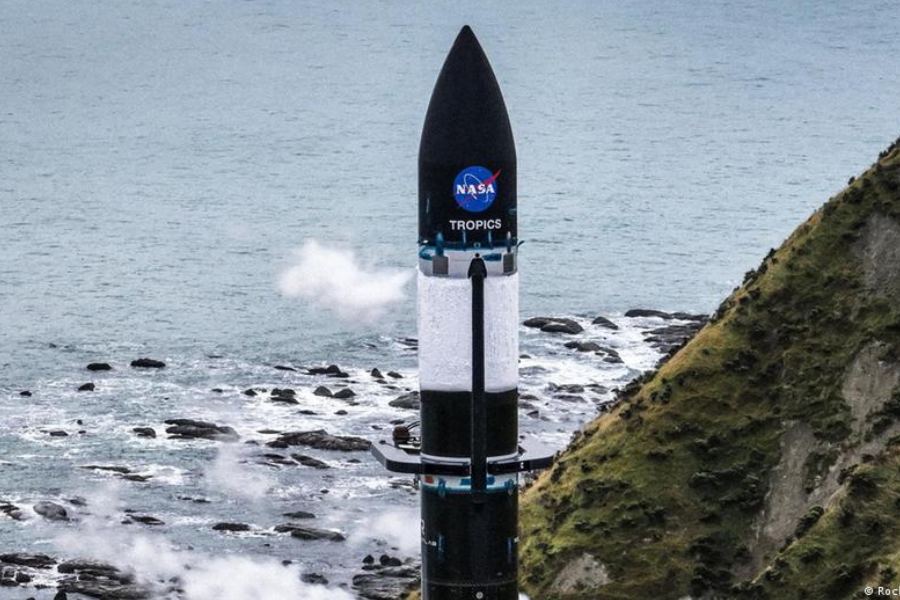NASA launched two satellites into low Earth orbit on Monday in the first part of a mission to better understand and track hurricanes and tropical cyclones.
Two of the small, boxy satellites, known as CubeSats, were onboard a rocket that set off from the launch complex in Mahia, New Zealand as part of the TROPICS (Time-Resolved Observations of Precipitation structure and storm Intensity with a Constellation of Smallsats) mission.
The satellites were launched using the Electron orbital launch vehicle developed by Rocket Lab.
When it is complete, TROPICS will form a constellation of four identical CubeSats designed to observe tropical cyclones, making observations more frequently than current weather tracking satellites.
Gathering data more frequently can help scientists improve weather forecasting models.
The second set of two CubeSats should be launched in about two weeks also using Electron rockets from Rocket Lab, NASA TV reported.
What will TROPICS study?
TROPICS will study tropical cyclones as part of NASA's Earth Venture Class missions, which select targeted science missions to fill gaps in the understanding of systems on Earth.
What makes TROPICS mission unique is the way the satellites are orbiting in formation with one another with one another — like constellations of stars.
This observing system offers an unprecedented combination of horizontal and temporal resolution to measure environmental and inner-core conditions for tropical cyclones on a nearly global scale, according to William Blackwell at MIT's Lincoln Laboratory who leads the TROPICS team.
"TROPICS will demonstrate that a constellation approach to Earth science can provide improved resolution, configurable coverage (tropics, near global, or global), flexibility, reliability, and launch access at extremely low cost, thereby serving as a model for future missions," Blackwell wrote on the mission's website.
With climate change making extreme weather events more frequent, hurricanes and tropical cyclones pose increasing risks to those living in the paths of the storms.
Scientists hope the TROPICS mission will reveal more about what drives the rapid changes in both the storm's structure and and its intensity.










